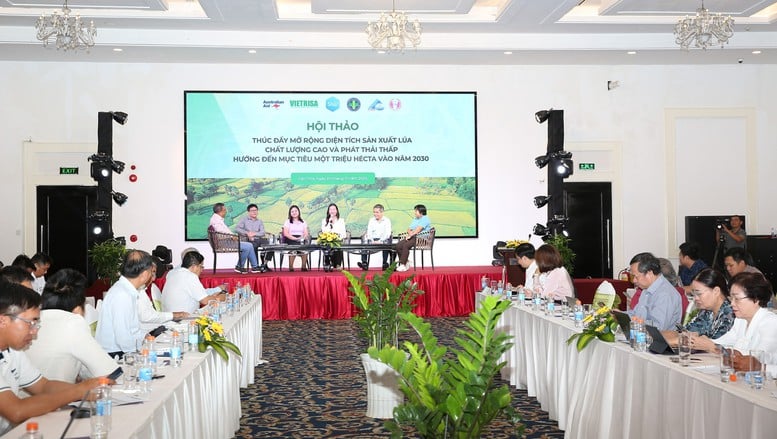
By the end of the 2025 Summer-Autumn crop, the area participating in the Project has reached 354,839 hectares, exceeding the set target by 197% - Photo: VGP/LS
1 million hectare rice project: 2 years of implementation, results beyond expectations
Presenting at the workshop on the results of two years of implementing the Project of 1 million hectares of high-quality, low-emission rice, Mr. Le Thanh Tung, Vice President of VIETRISA, affirmed the feasibility of the model, while pointing out the "bottlenecks" and recommending specific solutions for the coming period.
By the end of the 2025 Summer - Autumn crop, the area participating in the Project has reached 354,839 hectares, exceeding the set target by 197% . Farmers participating in the model reduce production costs from 1.7 to 4.9 million VND/ha compared to production outside the model, equivalent to reducing production costs from 326 VND to 1,052 VND/kg of fresh rice . The amount of seeds sown is reduced by 50-65% , equivalent to saving about 70-130 kg/ha ; the average amount of nitrogen fertilizer is reduced by 31.3% ; the amount of irrigation water is reduced, meeting the standard of water withdrawal at least 2-3 times , reducing 1-3 times of spraying pesticides.
More importantly, the yield in the model increased from 1.4-15.9 quintals/ha , equivalent to an average of 3.2 to 22.1% compared to traditional farming. In the Winter-Spring crop, the model's emission reduction reached 3.7 tons tCO₂e /ha/crop , showing great potential to expand the production area of both high-quality and low-emission rice.
From this reality, VIETRISA emphasizes the strategic orientation: To expand the area, we must expand the linkage; to reduce emissions, we must standardize the process; to benefit farmers, businesses must participate . The project is defined as a game of "Responsibility - standards - chain linkage" , with businesses as the core and farmers as the center.
Businesses join in, farmers benefit from emission reduction model
The above assessments are reinforced by practical results from the Project on Transforming Rice Value Chains to Respond to Climate Change and Sustainable Development (TRVC Project) . The project shows that standardizing processes and closely linking businesses and farmers are key factors for successfully implementing an advanced rice production model, bringing multiple economic , social and environmental benefits.
After the 2024 Summer - Autumn and 2025 Winter - Spring rice crops , 10 enterprises participating in the TRVC Project have expanded the application of the rice production process according to Decision 145/QD-TT-CLT on a total area of 40,184 hectares of rice , helping to reduce a total of 156,416 tCO2e , while recording an average profit margin for farmers of 59.06% . These are clear figures demonstrating the right way of doing things, when economic benefits go hand in hand with the goal of reducing emissions.
In addition, 100% of participating enterprises practice integrating policies and measures to ensure social equity within the enterprise as well as in the supply chain. Notably, 8 enterprises participating in the TRVC Project are the first units in Vietnam to be granted the "Green Vietnamese Rice, Low Emission" certificate for more than 70,000 tons of rice , creating a superior competitive advantage in the export market.
Experience from Angimex Kitoku Co., Ltd. shows that participating in the TRVC Project is a "lever" to help businesses access green credit (SLL) from MUFG Bank (Japan) , opening up a new direction for sustainable finance for the rice industry.
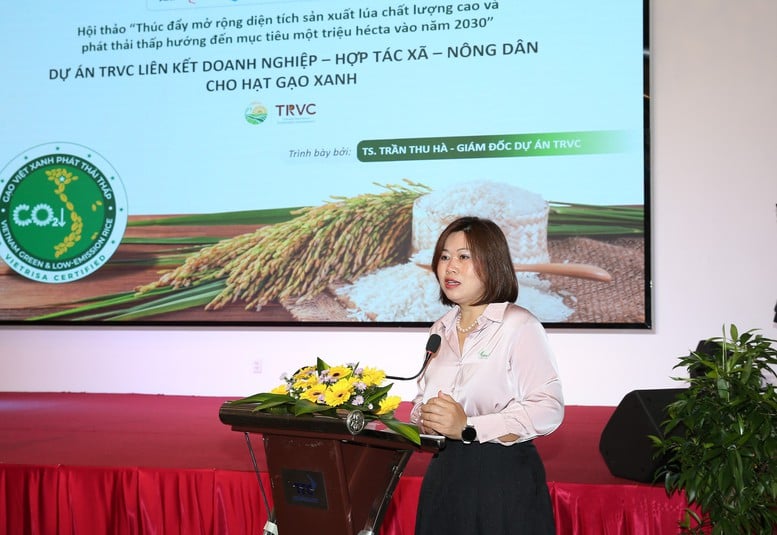
Dr. Tran Thu Ha: TRVC is considered the "core model" of the 1 million hectare Project, creating typical chain links, providing scientific data and practical results as evidence to expand the area, connecting with resources for the Project - Photo: VGP/LS
TRVC Project: 'Launch pad' for green, low-emission Vietnamese rice
Speaking with the Government Electronic Newspaper, Dr. Tran Thu Ha, Director of the TRVC Project, emphasized that the overall goal of the project is to support the transition to a low-carbon agricultural context and livelihood , increasing the ability to respond to climate change for the Mekong Delta region.
Promoting a transition to climate-resilient, low-carbon rice farming practices through the development of sustainable and inclusive value chains in the upper Mekong Delta.
"The project helps improve the livelihoods of small-scale rice farmers , while reducing greenhouse gas emissions from rice production ; improving rice value chain linkages , supporting the development of low-carbon rice brands ; and contributing to perfecting the policy framework to promote low-carbon rice production," Dr. Thu Ha stated.
Along with the Project of 1 million hectares of high-quality, low-emission rice in the Mekong Delta, TRVC uses a pull mechanism of "result-based awards" with a total value of up to 57 billion VND , to create a catalyst for businesses in the rice value chain to strengthen links with cooperatives and smallholder farmers, producing rice according to the 145/4003 process of the Project of 1 million hectares.
TRVC also applies the MRV-Tier3 system to monitor agronomic practices down to the plot level through satellite images, using biogeochemical models ( DNDC) to calculate emissions and quantify socio-economic effects according to standards recognized by the United Nations Framework Convention on Climate Change. This is an important foundation for forming carbon credits for the rice industry.
Thus, TRVC is considered the "core model" of the 1 million hectare Project, creating typical chain links, providing scientific data and practical results as evidence to expand the area, connect with domestic and international resources, increase the value of Vietnamese rice in a green and sustainable direction, and at the same time create climate financial resources.
Standardize processes, increase chain linkages, and replicate effective models
At the workshop, delegates enthusiastically discussed technical solutions and effective linkage models , with the participation of leaders of VIETRISA, Mekong Delta Rice Research Institute, Institute of Soil and Fertilizer, Vietnam Rice Company Limited, Saigon Kim Hong Company and Department of Crop Production - Plant Protection of Can Tho City.
The consensus is: It is necessary to immediately apply the technical advances and issued processes to reduce seeds, reduce fertilizers, reduce emissions , and increase farmers' income , taking soil health as a long-term foundation. Along with that, it is necessary to build sustainable links between businesses and farmers based on contracts, commitments and clear responsibilities of the parties in the value chain.

VIETRISA Association honors individuals with outstanding contributions to the Association in 2025 - Photo: VGP/LS
Action to reach 1 million hectares of rice by 2030
From the practical results, Mr. Nguyen Quoc Manh, Deputy Director of the Department of Crop Production and Plant Protection, issued a call for unified action to all parties in the chain.
Accordingly, businesses (materials, processing, and consumption) are requested to proactively link with cooperatives and farmers, register to participate in the TRVC Project, produce according to the issued emission reduction process, and at the same time take advantage of technical support in the MRV monitoring and evaluation stage to ensure reliability.
Localities , with the Department of Agriculture and Environment as the focal point, are requested to support businesses, cooperatives and farmers in the linkage chain, guide the synchronous application of high-quality rice production processes, reduce emissions and upgrade production areas.
Mr. Nguyen Quoc Manh also suggested that SNV work with the sponsor DFAT/Australian Government and other international sponsors to expand the TRVC Project area to the localities of Can Tho, Vinh Long and Ca Mau , creating more opportunities for participation for many businesses, cooperatives and farmers, thereby contributing to promoting the progress of completing 1 million hectares of rice by 2030 .
On the VIETRISA side, the Association is assigned to closely coordinate in monitoring, guiding, and supporting businesses inside and outside the TRVC Project, and at the same time consider certifying "Green Vietnamese Rice, Low Emissions" for businesses and cooperatives that are confirmed by the locality to fully comply with the process.
The Department of Crop Production and Plant Protection affirmed its commitment to closely accompany localities, enterprises, and cooperatives on three key areas: Coordinating the monitoring of the implementation of the MRV measurement process; supporting the construction and expansion of chain linkage models, with enterprises as the core and farmers as the center; creating maximum conditions for the application of technical advances (from water, soil, straw management to digitalization and MRV) until the State allows carbon credit exchange.
“ There is no time like now , we have enough market, technology, policy and determination to bring Vietnamese rice to a new page: Greener, cleaner, more competitive. Each unit will become a strong link, contributing to creating a million-hectare ecosystem, not only achieving area, but also achieving new value for farmers and the Vietnamese rice industry”, Mr. Nguyen Quoc Manh emphasized.
* On this occasion, the Vietnam Rice Industry Association awarded certificates of merit to collectives and individuals with achievements contributing to the Association in 2025, including Mr. Le Hong Son, Head of the Government Electronic Newspaper's Resident Office in Can Tho.
Le Son
Source: https://baochinhphu.vn/de-an-1-trieu-ha-lua-xanh-lien-ket-chuoi-chuan-hoa-quy-trinh-de-ve-dich-2030-102251127113005564.htm











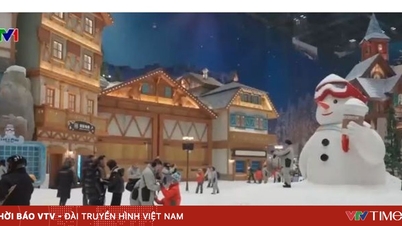








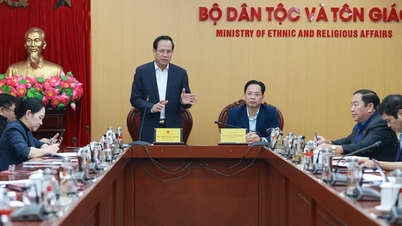
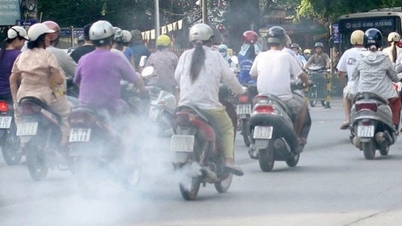
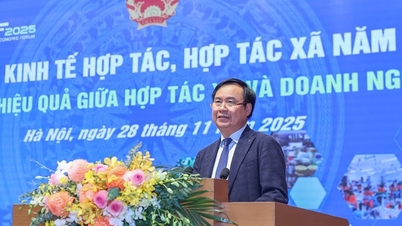

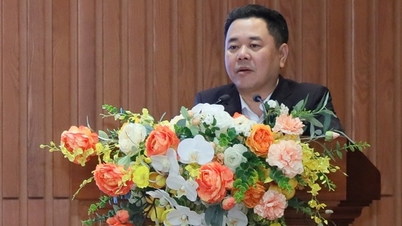
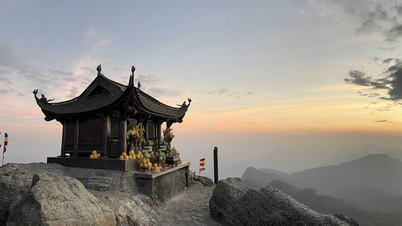























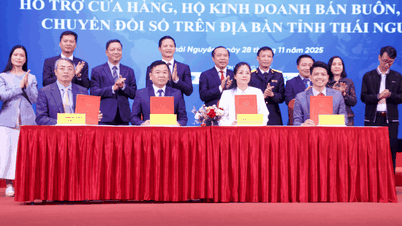












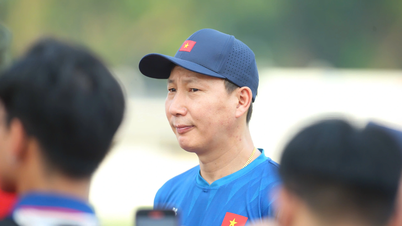



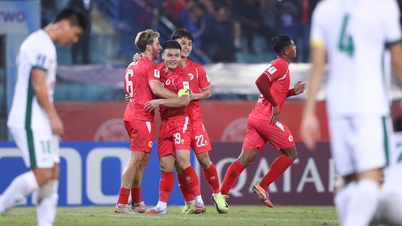




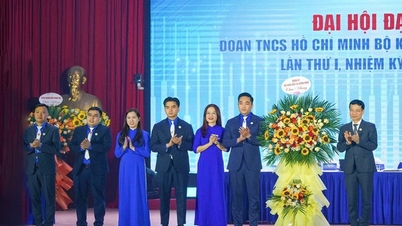

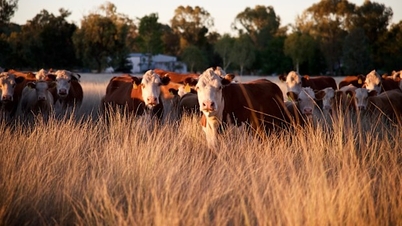


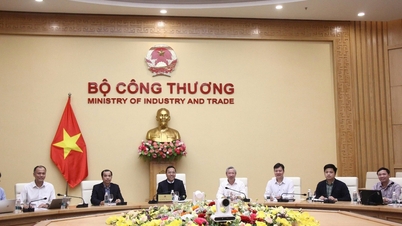



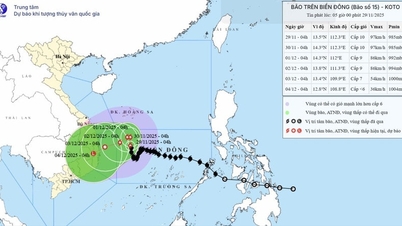

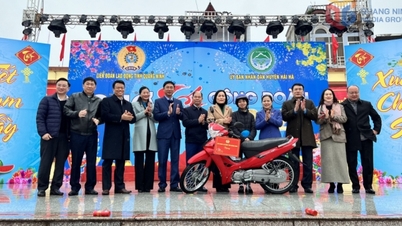



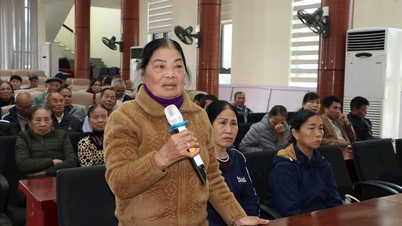

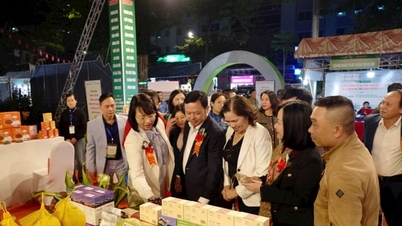
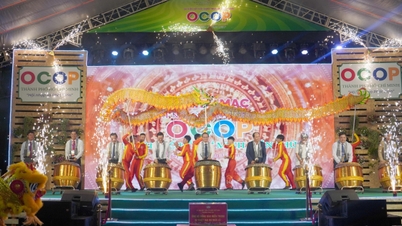







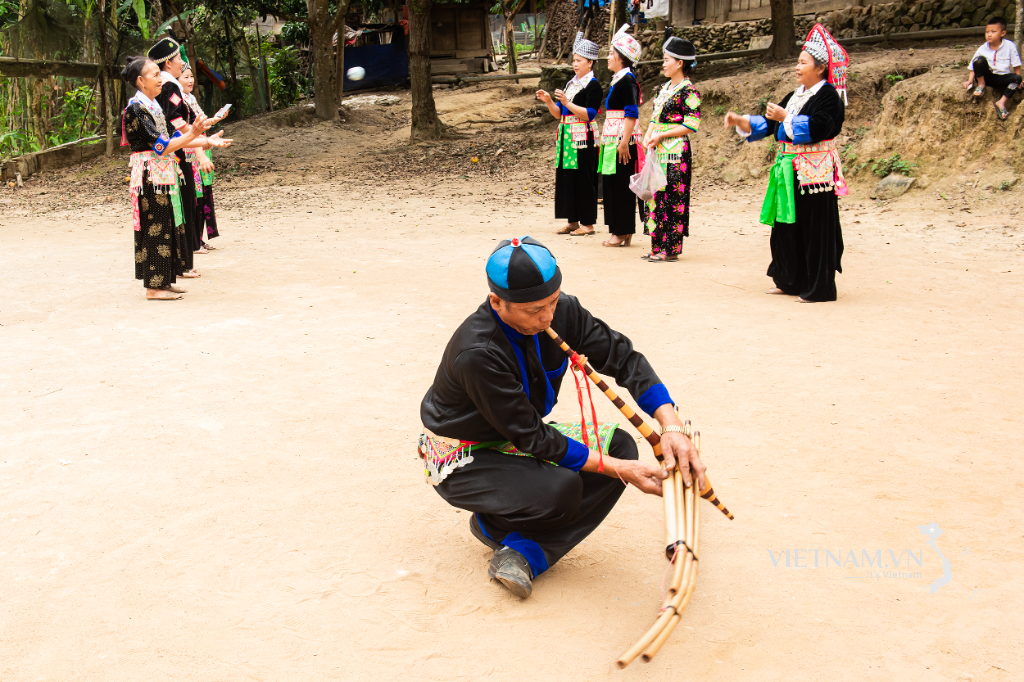

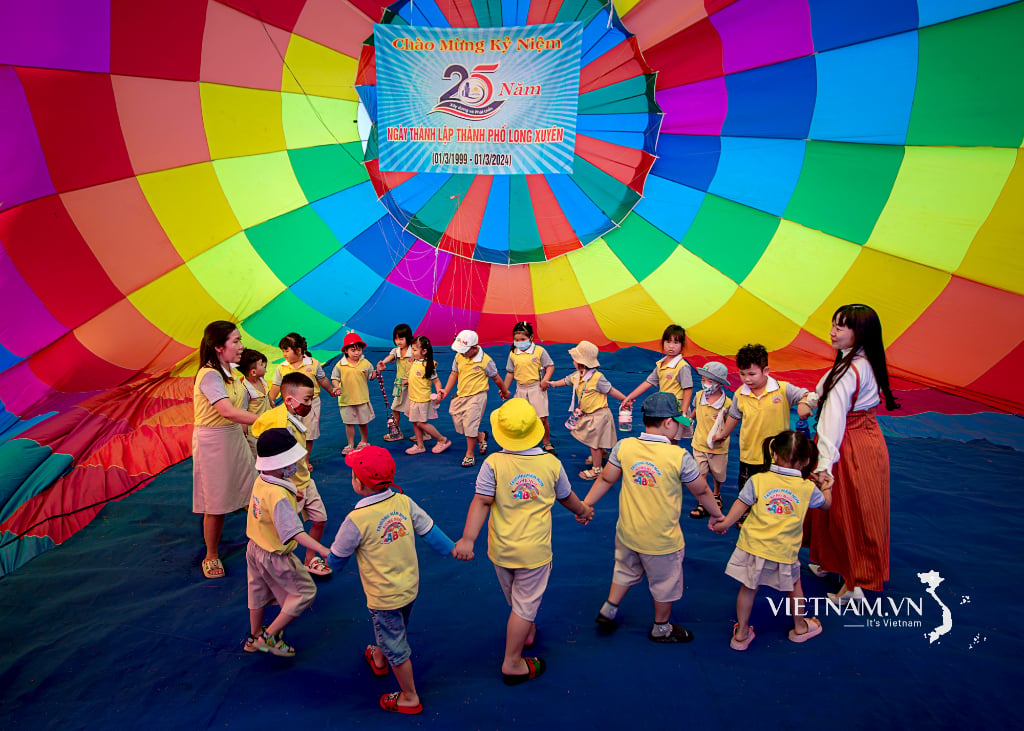

Comment (0)